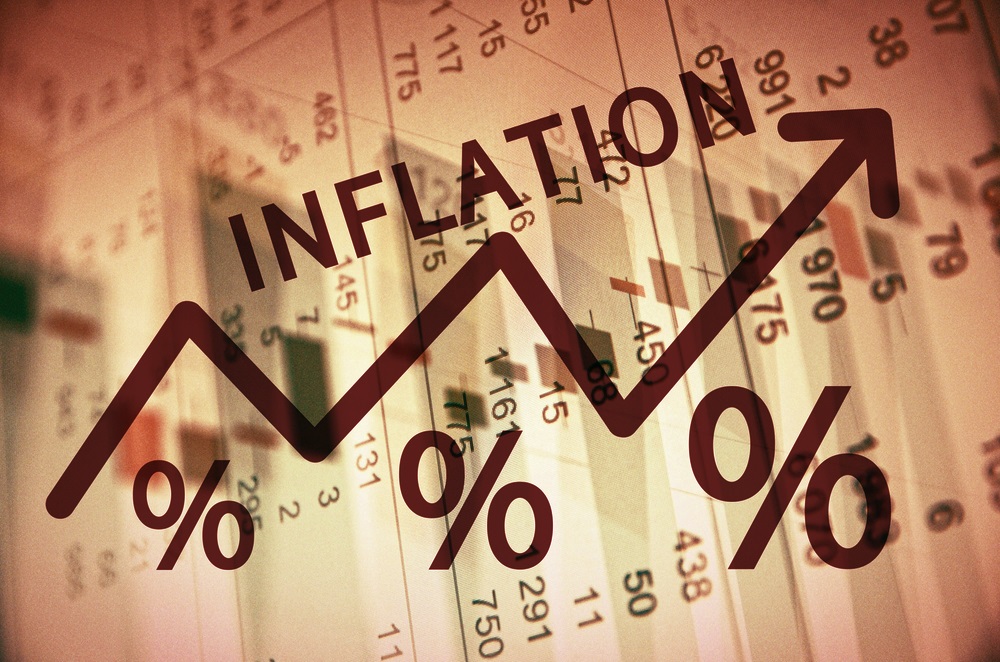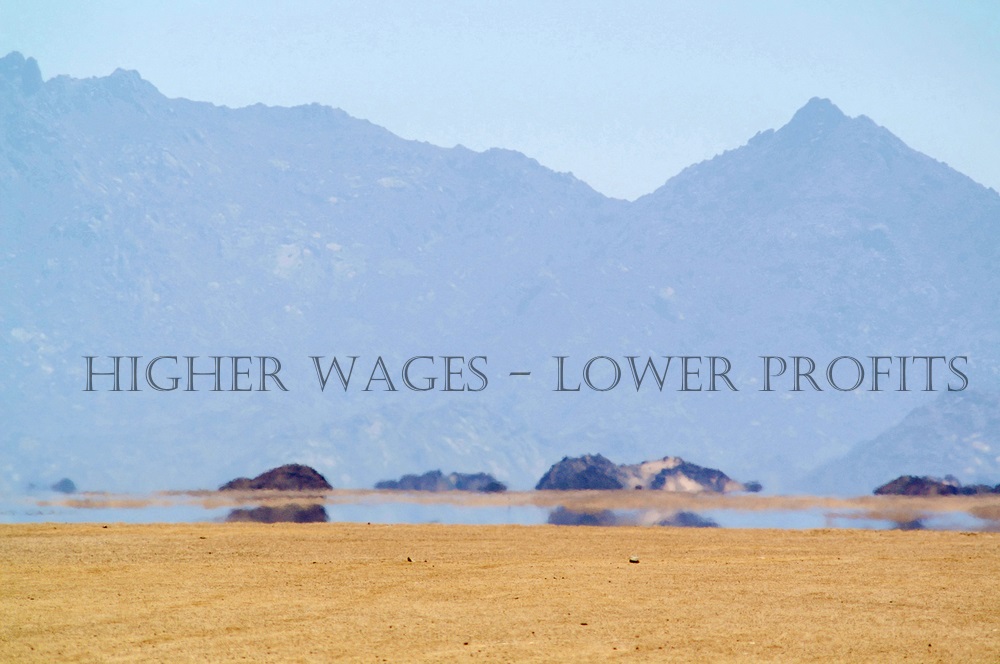My first car was a 1971 four-door Dodge Dart. By the time I “inherited” it from my college-bound teenage sister in 1981, the poor car was already on its last legs.
The car was underpowered, with a 6-cylinder 180-horsepower engine that leaked oil constantly (I kept a fresh quart for refills in the trunk). It had no air-conditioning and no radio. But what I remember most about this car is that it was manufactured with only one side mirror, located on the driver’s side of the vehicle.
If I needed to ease into a right-hand lane or make a right turn in that direction … well, I had to be real careful.
Darts of that era were infamous for their thick “C-pillars,” which attached the roof to the rear of the vehicle. These pillars looked sort of cool from the outside, but from the inside? Well, when combined with the sole driver-side mirror, they created a significant blind spot for any driver.
Which brings to mind a question: I’m wondering if all of us, lulled by years of benign conditions, are about to get blindsided … by a bout of inflation.
I know it sounds crazy. Oil prices, which have recovered a bit recently, are still less than half of what they were just two years ago. And, according to the Bureau of Labor Statistics, consumer prices in March rose just 0.1% — at least, that’s the number most news-headline editors choose to emphasize.
So, you might be tempted to ask: “JL, where in the name of Janet Yellen is this so-called inflation you’re going on about?”
Inflation Sprouts Anew
Sometimes you have to stand back and look at the bigger picture. Here’s what the ups and downs of consumer prices look like on a rolling 12-month basis:

In other words, annualized gains in consumer prices — having crashed to below 1% in the wake of the housing bust, financial crisis and bailout of the nation’s megabanks — are getting closer to the 2% to 3% levels of precrisis years.
Another lesser-known, but closely watched piece of inflation data is the personal consumption expenditures price index, or PCE for short. That, too, is ticking higher in a meaningful way, hitting nearly 1.7% — its highest level since early 2013.
So, is that all we should expect from inflation — a move back toward what’s considered “normal”? Or is this the start of a bigger, more dangerous inflationary trend?
Hear No Inflation, See No Inflation
Wall Street’s view is basically, “What’s good enough for Janet Yellen is good enough for us.” And with the Fed chair, in her recent speeches, expressing confidence in more benign inflation, it’s no wonder that the major stock indexes are still heading toward new record highs.
Others aren’t so sanguine. Blackrock’s main strategist, Richard Turnill, put it succinctly last month: “Stabilizing oil prices and a tighter labor market could contribute to rising actual, and expected, U.S. inflation.”
The folks over at the Pimco, who worry about lots of bond mutual fund portfolios, are likewise ringing a warning bell. Their main economic advisers are telling everyone who will listen that the bond market is being lulled to sleep by inflation expectations that are way too low.
Additionally, the head of interest-rate strategy at Wells Fargo’s brokerage arm told Bloomberg recently that the Fed “is running the risk of getting more than they asked for. They are overconfident in thinking they can rein in inflation.”
How do you protect yourself from the Fed’s “we have it all under control” hubris? As The Sovereign Society has long warned, gold’s huge price spike since the start of the year ought to tell you something. It’s a big, red “no confidence” signal in the Fed.
Clearly, bond investors could care less at the moment. The 10-year Treasury note’s yield is just shy of 1.8% today, and it’s not hard to see why buyers would pay so much to receive so little in return. Fear of deflation and flight to safety have been the chief concerns for close to a decade. Old thought patterns are hard habits to break.
On the one hand, if markets are supposed to “discount the unknown,” as economists tell us, then it’s hard to see how much more “worry” the bond market can really price in when it comes deflationary fears.
Inflation, on the other hand, well … that’s like my old car’s rather hazardous lack of a passenger-side mirror. It’s a blind spot, pure and simple, just waiting for an accident to happen.
Kind regards,

JL Yastine
Editorial Director, The Sovereign Society








